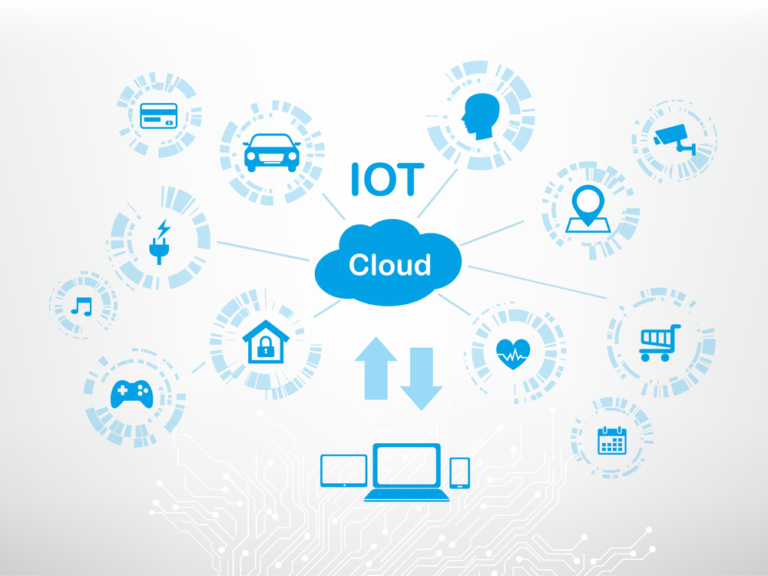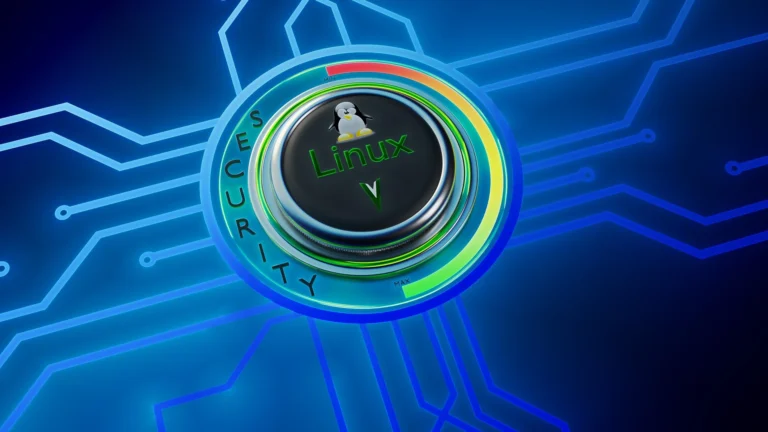5 Fun Ways to Incorporate Technology in the Classroom

Welcome to our latest blog post, where we will be focusing on the topic of Technology in the Classroom. The integration of technology in education has opened up a world of possibilities for teachers to enhance their students’ learning experience. With the wide range of tools and resources available, Technology in the Classroom has become an essential aspect of modern education.
In this post, we will be sharing 5 fun ways to incorporate Technology in the Classroom to create an engaging and dynamic learning environment for students. From virtual field trips to interactive whiteboards, we will be exploring how Technology in the Classroom can bring a new level of engagement and motivation to the classroom. Keep reading to discover how you can take your teaching to the next level with Technology in the Classroom!
Technology in the Classroom
Technology in the Classroom has become an essential aspect of modern education. With the advancements in technology, we now have access to a wide range of tools and resources that can enhance the learning experience for students. Are you looking for ways to make your classroom more interactive and engaging? Incorporating technology can be a great way to liven up your lessons and keep students interested and motivated.
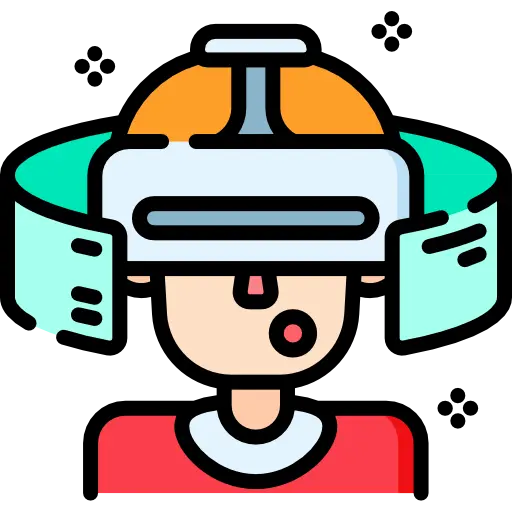
One fun way to incorporate technology in the classroom is through virtual reality. By using VR headsets, students can be transported to different parts of the world or even into different time periods, making learning more immersive and exciting. Another way to incorporate technology in the classroom is through gamification. By turning lessons into interactive games and quizzes, students will be more engaged and motivated to learn.
There are also other ways to incorporate technology in the classroom such as interactive whiteboards, online quizzes and games, video conferencing, and student-created content. By using a combination of these tools, you can create a classroom environment that is both interactive and engaging.
In summary, Technology in the Classroom can be a great way to make your lessons more interactive and engaging, keeping students motivated and interested in learning. There are plenty of fun ways to incorporate technology in the classroom from virtual reality to gamification. So why not give it a try and see how it can benefit your students and your teaching!
Virtual field trips
Virtual Field Trips with Technology in the Classroom

Imagine being able to take your students on a virtual field trip to a museum or a historical site without ever leaving the classroom. With virtual reality technology, you can make this a reality. This is one of the many ways that Technology in the Classroom can be used to make learning more interactive and immersive.
Virtual field trips offer an exciting and engaging way for students to explore new places and learn about different cultures, without the need for expensive travel and time-consuming planning. With virtual reality technology, students can be transported to different parts of the world and experience it as if they were actually there. They can explore historical sites, visit museums, and even go on safari, all from the comfort of the classroom.
One of the benefits of virtual field trips is that they allow students to experience things that might not be possible in real life. For example, students can visit a far-off place that is not accessible due to safety concerns, or take a trip to the past to see how people lived in ancient times. Virtual field trips also allow students to interact with their surroundings, making the experience more interactive and engaging.
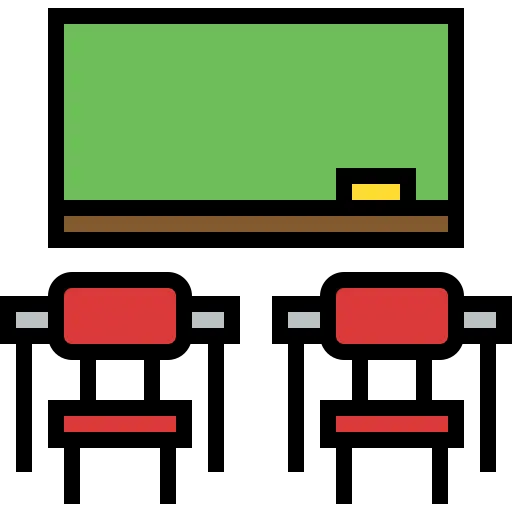
Immersive and Engaging Learning Experience
Incorporating virtual field trips into your curriculum is a great way to make learning more interactive and immersive. It allows students to experience new places and cultures in a way that is not possible with traditional classroom instruction. With Technology in the Classroom, you can enhance the learning experience and make it more engaging and memorable for your students. So, why not give it a try and see how virtual field trips can benefit your students and your teaching!
Gamified assessments
Gamified Assessments with Technology in the Classroom
Assessing students’ knowledge doesn’t have to be boring. With Technology in the Classroom, you can turn assessments into fun and interactive games, making the learning experience more enjoyable for your students. By gamifying assessments, not only will students have more fun, but they’ll also retain more information.
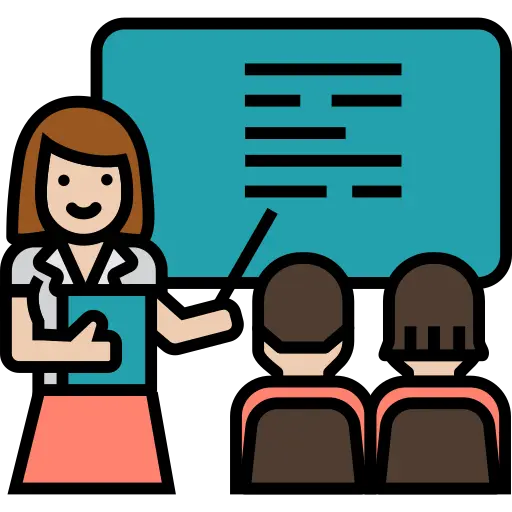
Gamified assessments are a great way to engage students and make learning more interactive. Instead of traditional multiple-choice tests, you can create interactive quizzes and games that challenge students to apply their knowledge in a fun and engaging way. For example, you can use game-based platforms to create quizzes, crosswords, and matching games that test students’ knowledge on a particular topic.
Enhancing Learning Outcomes
Gamified assessments are not only more fun for students but also have a positive impact on their learning outcomes. By making assessments more interactive, students are more likely to be engaged and motivated to learn. This can lead to better retention of information and improved performance on assessments. Additionally, gamified assessments provide immediate feedback, helping students to identify and correct misconceptions.
Incorporating gamified assessments into your curriculum is a great way to enhance the learning experience and make it more engaging and memorable for your students. With Technology in the Classroom, you can create interactive and fun assessments that challenge students to apply their knowledge in a new and exciting way. So, why not give it a try and see how gamified assessments can benefit your students and your teaching!
Collaborative learning

Collaborative Learning with Technology in the Classroom
Collaborative learning can be a powerful tool to help students learn from each other. With Technology in the Classroom, you can create a more inclusive classroom environment and increase student engagement through online platforms like Google Classroom or Zoom.
Collaborative learning allows students to work together on projects, share resources, and communicate easily. By breaking down the traditional classroom model of teacher-centered learning, collaborative learning allows students to take an active role in their own learning process. This can lead to increased engagement, motivation, and a deeper understanding of the material.
Creating an Inclusive Classroom Environment
Collaborative learning also helps to create a more inclusive classroom environment. Providing students with the opportunity to work together, can help to break down barriers and promote mutual understanding and respect. Additionally, online platforms like Google Classroom or Zoom allow for students who might be unable to attend the physical classroom, such as those with disabilities or long-term illnesses, to participate in the learning process and feel included in the classroom community.
Incorporating collaborative learning into your curriculum is a great way to create a more inclusive classroom environment and increase student engagement. With Technology in the Classroom, you can use online platforms like Google Classroom or Zoom to facilitate collaborative learning and create opportunities for students to work together, share resources, and communicate easily. So, why not give it a try and see how collaborative learning can benefit your students and your teaching!
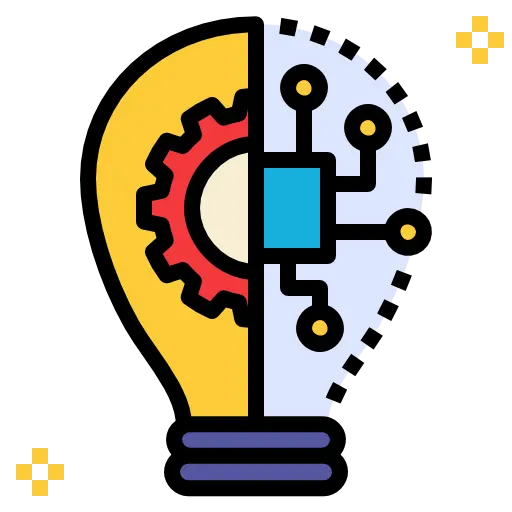
Digital flashcards
Digital Flashcards and Technology in the Classroom
One effective way to help students learn key concepts and terms is through the use of flashcards. With Technology in the Classroom, you can create interactive digital flashcards that provide an engaging and interactive way for students to learn.
Digital flashcards allow students to interact with the material in a way that is more engaging and easier to remember. They can be used to test students’ knowledge on a particular topic or as a study aid for upcoming exams. They can also be used as a form of self-directed learning where students can go through the flashcards on their own time.
Enhancing Learning Outcomes
Digital flashcards have been proven to be an effective tool for students to improve their memory retention and recall. They are interactive and allow students to actively engage with the material, which can help to solidify the information in their minds. Additionally, digital flashcards can be easily adapted, customized, and shared which makes them an effective tool for teachers as well.
Incorporating digital flashcards into your curriculum is a great way to help students learn key concepts and terms. With Technology in the Classroom, you can create interactive and engaging flashcards that can help to improve memory retention and recall. So, why not give it a try and see how digital flashcards can benefit your students and your teaching!
Video creation

Video Creation and Technology in the Classroom
Encouraging students to express themselves and share their knowledge through video creation is a great way to make learning fun and interactive. With Technology in the Classroom, students can create short videos to present the information they’ve learned in a creative way.
Video creation allows students to showcase their understanding of a particular topic in a unique and engaging way. Whether a science experiment or a history presentation, video creation provides students with a platform to express themselves and share their knowledge with their classmates and teachers.
Enhancing Learning Outcomes
Video creation is also an effective tool for students to develop key skills such as communication, collaboration, and digital literacy. It allows students to work in teams, assign roles and responsibilities and create a final product that can be shared with the class. Additionally, video creation can also be used as a form of assessment, allowing teachers to evaluate students’ understanding of a particular topic.
Incorporating video creation into your curriculum is a great way to enhance the learning experience and make it more engaging and memorable for your students. With Technology in the Classroom, you can encourage students to create short videos to present the information they’ve learned in a creative way. So, why not give it a try and see how video creation can benefit your students and your teaching!
Conclusion
Incorporating technology in the classroom can be a great way to enhance the learning experience and make it more engaging for students. From virtual field trips to gamified assessments, there are plenty of fun and interactive methods that can be used to help students retain more information.

Incorporating technology in the classroom doesn’t have to be difficult or overwhelming. With the wide range of tools and resources available, it’s easy to find something that fits your teaching style and curriculum. Whether you choose to incorporate virtual reality, interactive whiteboards, online quizzes and games, video conferencing, student-created content, digital flashcards, or video creation, you can make the learning experience more engaging and help students retain more information.
Give it a try
We hope you have found this article helpful and have learned about the different ways that Technology in the Classroom can be used to enhance the learning experience. We encourage you to give these techniques a try in your classroom and see their impact on your student’s engagement and motivation. With a little creativity and the right tools, you can create a dynamic and interactive classroom that will benefit your students and your teaching.
Useful Links
Here are some readings or books that you may find helpful for this blog on incorporating technology in the classroom:
- Building a K-12 STEM Lab: A Step-by-Step Guide for School Leaders and Tech Coaches
- The Classroom Teacher’s Technology Survival Guide
- Flipped Learning: A Guide for Higher Education Faculty
- Integrating Technology in the Classroom: Tools to Meet the Needs of Every Student
- How to Choose the Right Tablet for Kids (4 Tablets)
- 5 Ways to Unlock Education Potential with ICT Consultancy
These books and articles provide a wealth of information and guidance on how to incorporate technology in the classroom effectively. They are aimed at educators and will help them to understand how to make the most of technology to support student learning.






